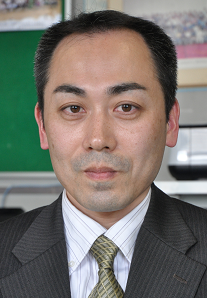【Research Keywords】
taste, feeding behavior, essential fatty acid, food preference, emotional behavior, memory, neuronal circuitry, salivary secretion, cystic fibrosis
【Recent highlights】
The associate professor, Sakayori N, recently published the article entitled “Maternal dietary imbalance between omega-6 and omega-3 fatty acids triggers the offspring's overeating in mice” in Commun Biol (3(1):473). We visualized the taste neuronal circuitries for bitter and sweet using genetic tracing to understand how taste recognition is accomplished in the brain, and then combined the genetic tracing with electrophysiological and immunohistochemical analyses to functionally characterize the taste-relaying neurons in the brainstem. We employed gramicidin-perforated patch recording that enables a time-resolved determination of rate-limiting activities for anion secretion to clarify the regulatory mechanisms of fluid transport in the salivary glands.

 Home
Home





